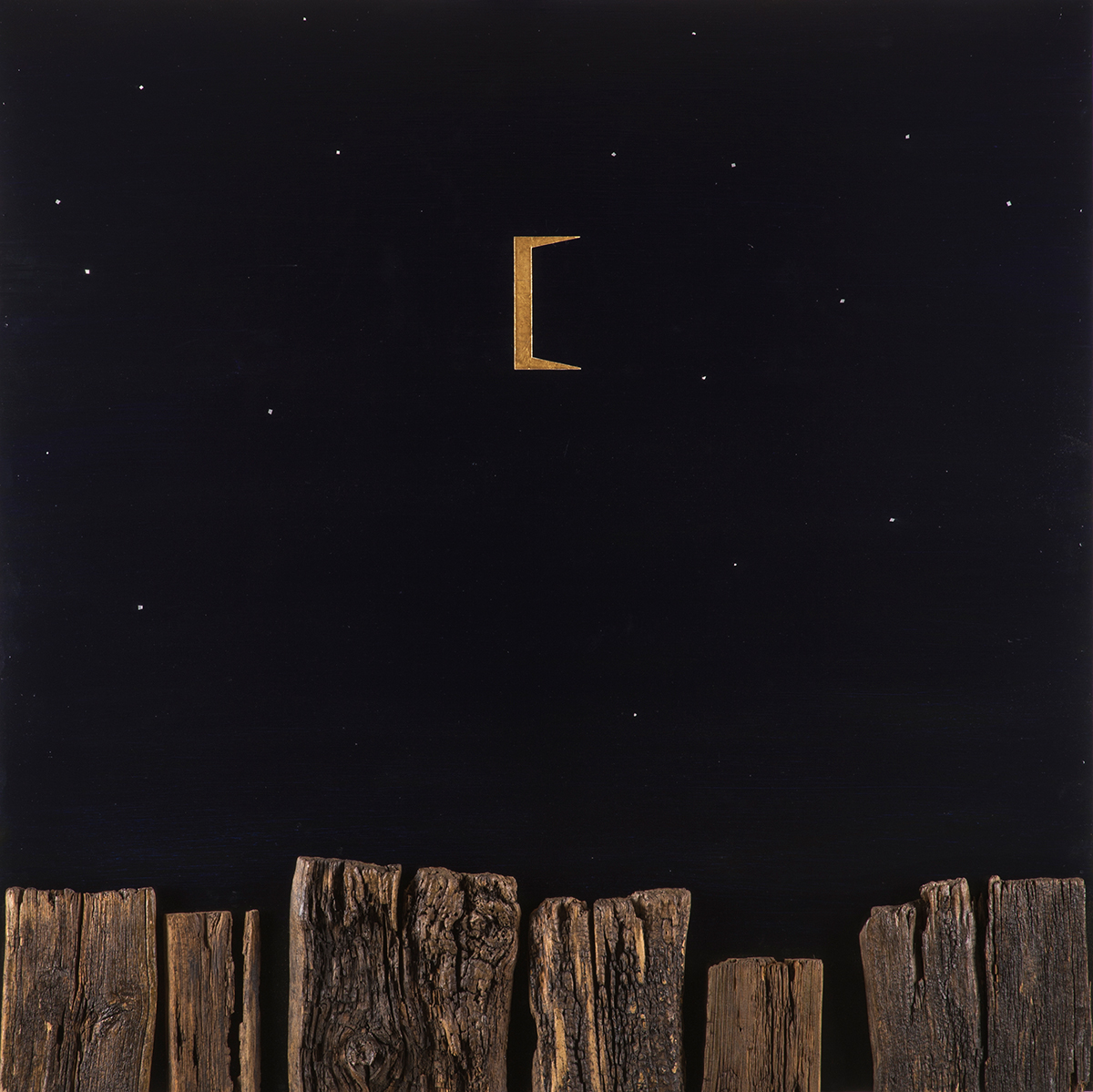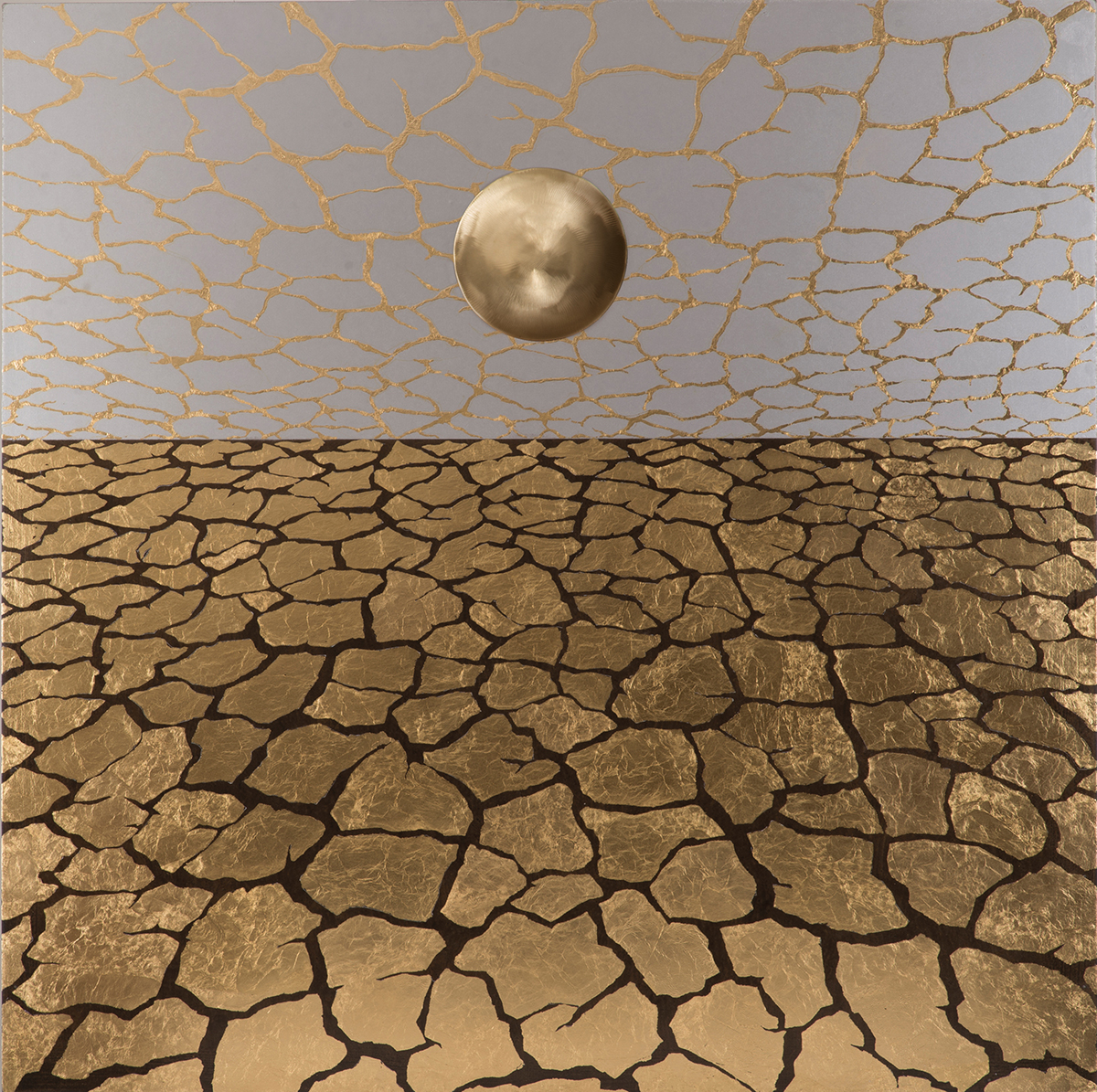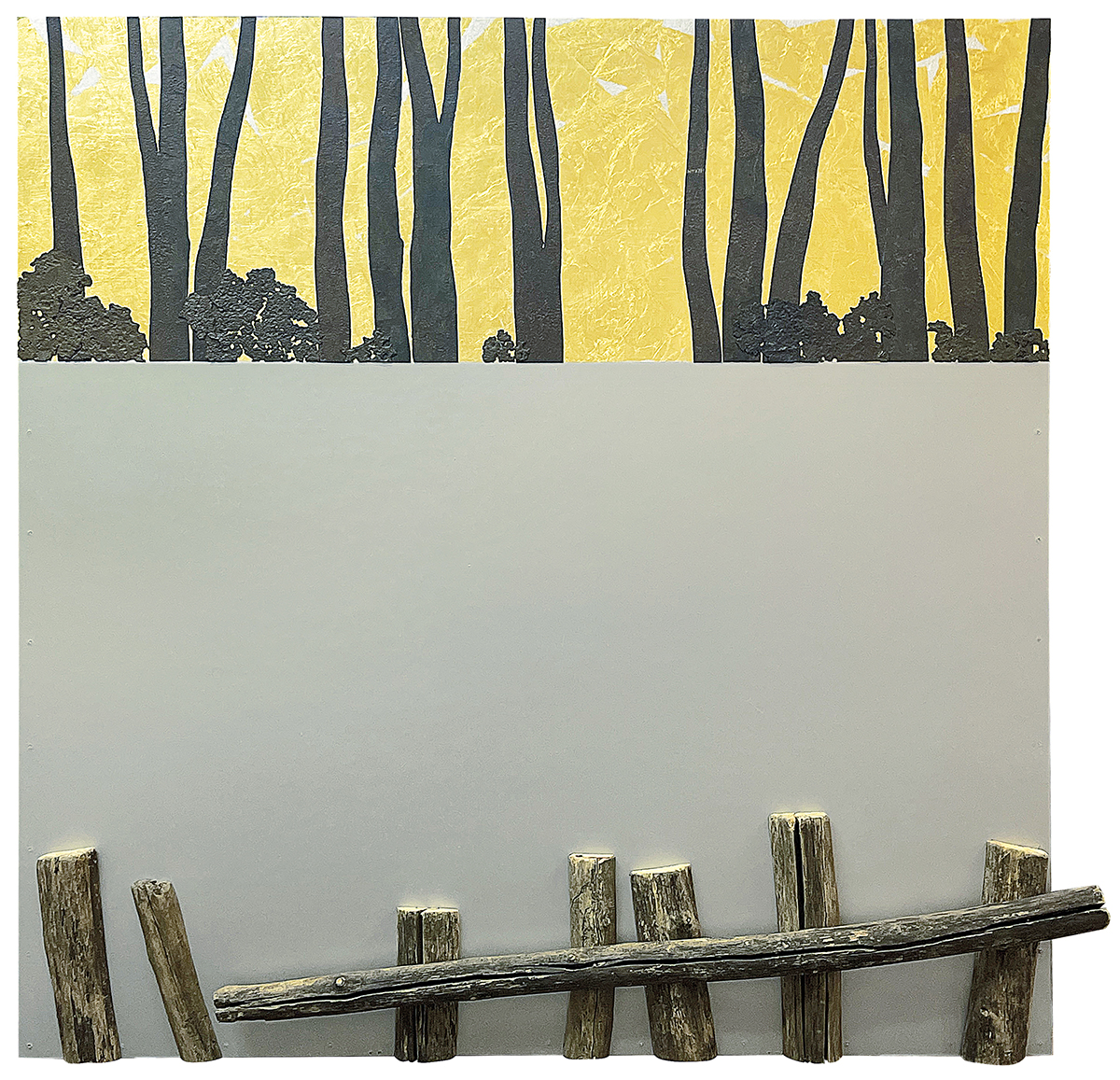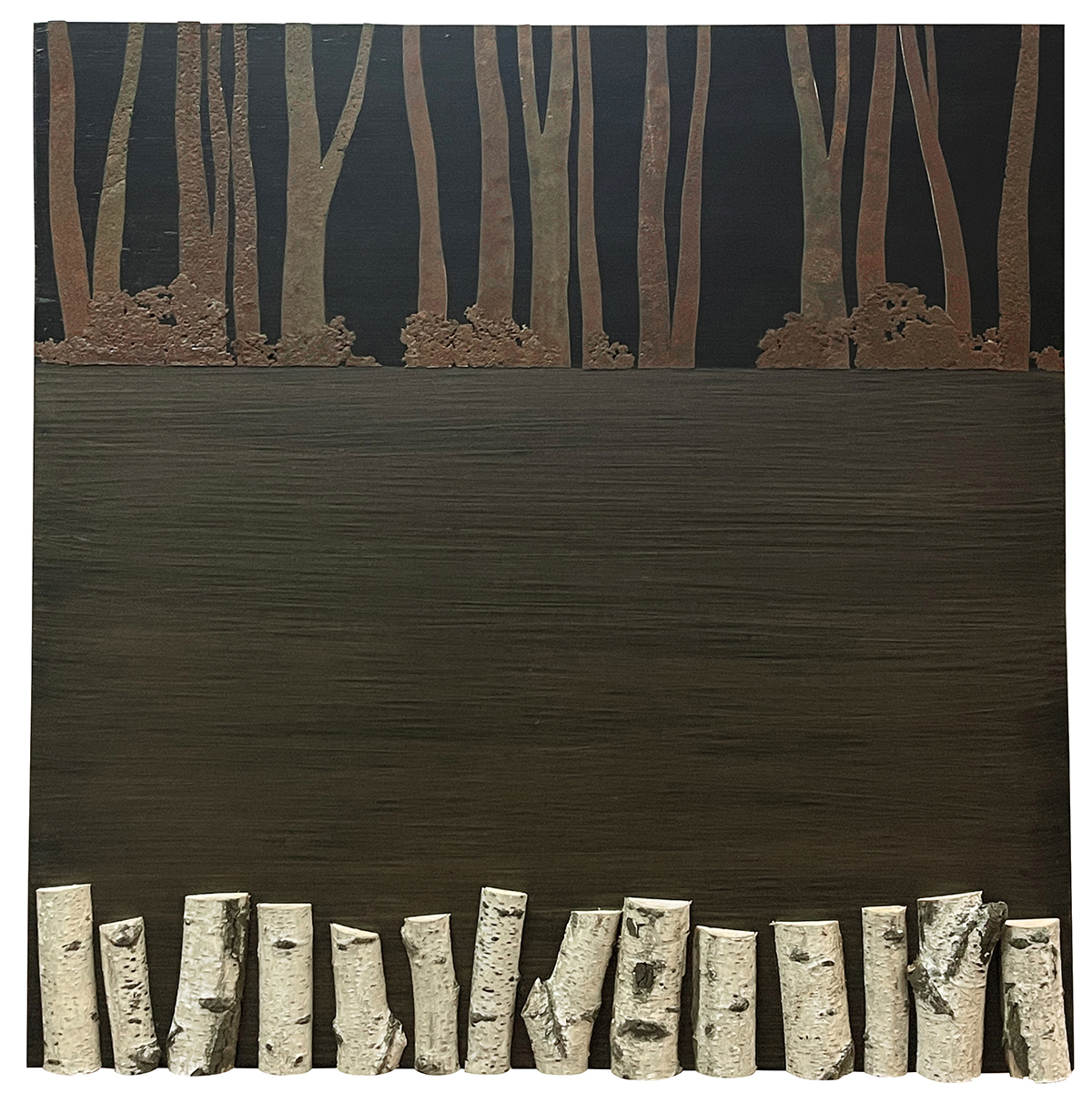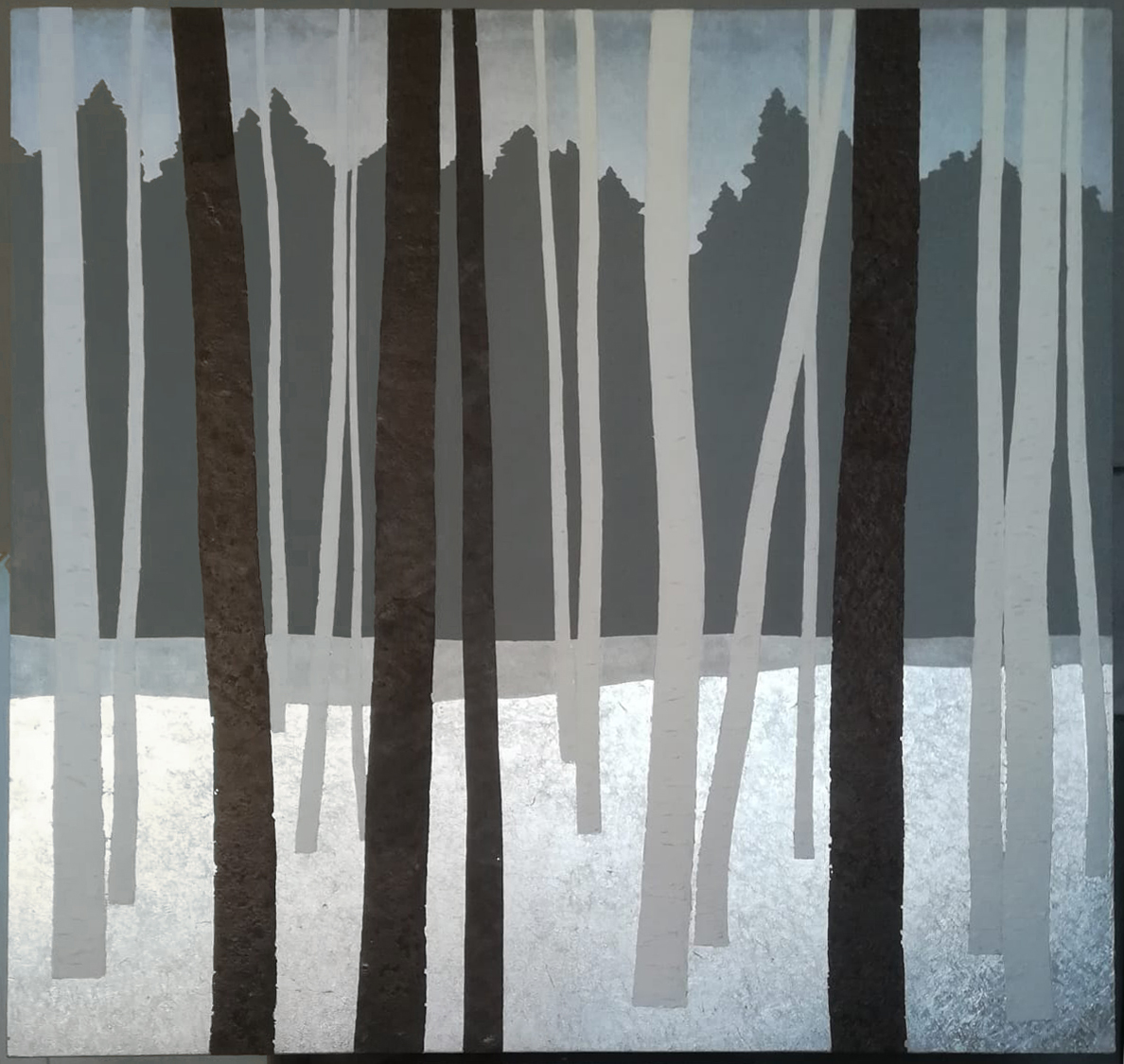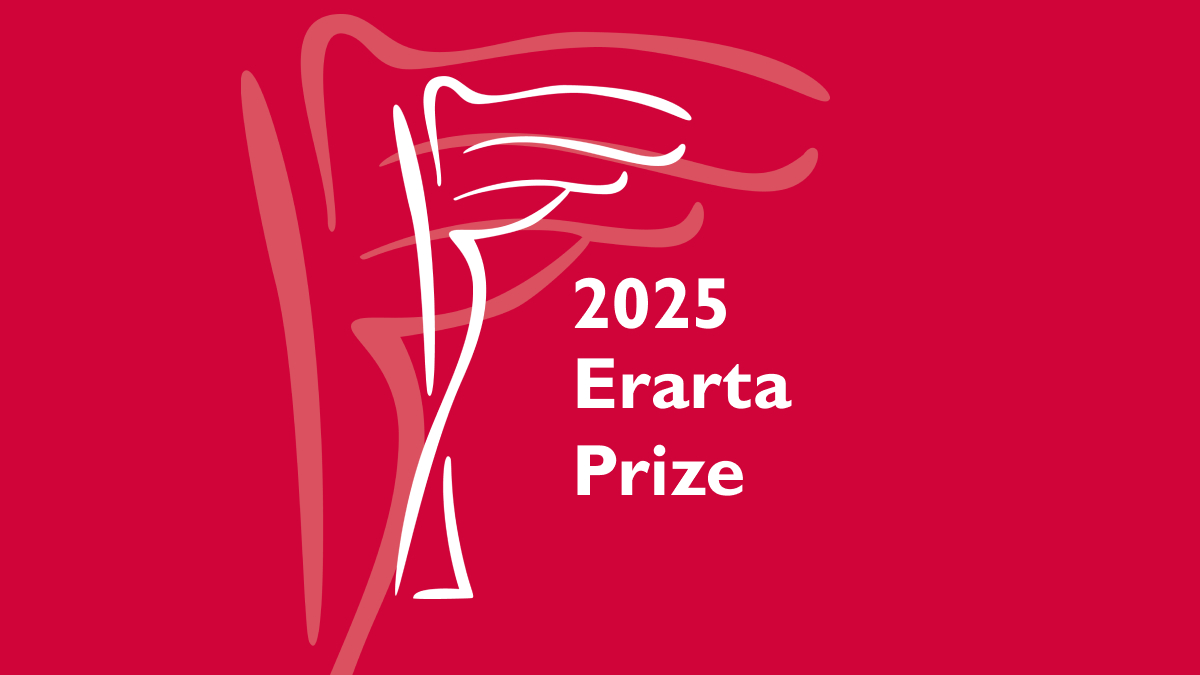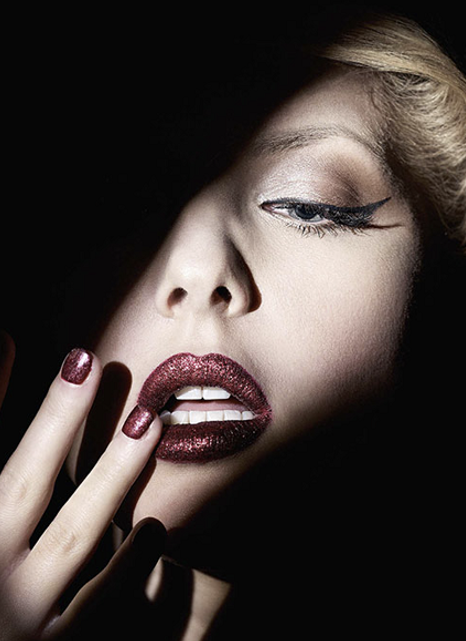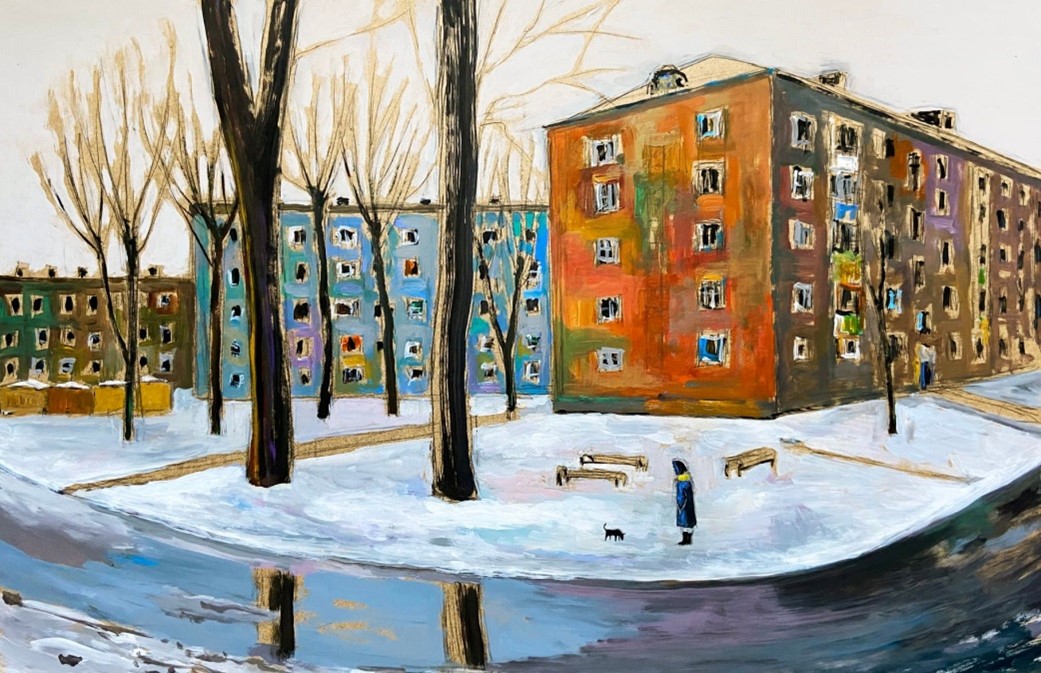Rinat Akhmetov
The Moon that Wanted to Be the Sun
Erarta Museum of Contemporary Art presented an exhibition by Rinat Akhmetov, an artist creating amazing visions of the world by combining metal, wood, enamel, and oil
-
Artworks employing experimental media
-
A thought-provoking project allowing the viewer to escape from the evanescent and consider the eternal
-
Energetically charged pieces triggering associations and positive emotions
Rinat Akhmetov is a well-known Kazan-based artist working with experimental media combining wood, iron, copper, aluminium, enamel, brass, and oil. Rinat particularly values the material’s texture and history, choosing wood that used to be a part of an old Kazan house whose notches store countless memories or a sheet of roofing iron on which years have left their rusty marks . . . From the shine of polished metal to the mysterious radiance of gold leaf – everything contributes to the final picture.
It is worth noting that the artist eschews modern technology and equipment and works by hand using traditional methods. A strong connection to the past is particularly evident in his works not only because some of the source materials are decades or even centuries old, but because the very way they are used brings to mind the times when homespun rugs were made with handlooms or crocheted from the bits and pieces of old dresses, skirts, pinafores, and shirts. Rinat Akhmetov offers wood and metal a new lease of life. This particular project was a surprise to the artist himself: having decided to make use of leftover fragments of carved window surrounds and metal ornaments (a crescent moon, a sun crowned with rays, flowers and birds), he was pleased with the end result. After creating a couple more pieces in a similar vein, he arrived at a conclusion that he wants them to be part of a larger series.
The artist’s Erarta show is constructed around Beyond the Fence, a metaphorical series started in 2020 when Rinat was commissioned a number of 100 by 100 cm artworks for an exhibition commemorating the centennial of the Republic of Tatarstan. More and more works are still being added to this collection.
The Moon that Wanted to Be the Sun is a thought-provoking project: the artist re-creates his childhood memories and muses on the timeless values, the past and the present. Among the recurring subjects in the series are humans’ harmonious co-existence with all creation and the choices every one of us makes on a daily basis.
The exhibition at Erarta Museum features more than 15 mixed media works. Rinat Akhmetov intentionally avoids giving titles to individual pieces: the idea behind this is that every one of them triggers associations starting an inner dialogue. Commenting on his project, the artist says: ‘We exist amid an endless flow of information, in swift-passing time. I want my works to stop the viewers in their tracks, allow them time to ponder, contemplate, and experience a surge of emotions.’ Rinat Akhmetov’s creations pose prompting questions helping the viewer escape from the evanescent and consider the eternal. Perhaps the answers are lurking in the magical dreams of childhood and the beautiful moments of the everyday.
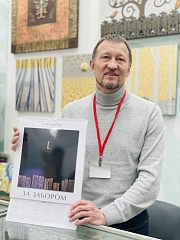
Born in Kazan on 8 December 1968, Rinat Akhmetov studied art and design at the Kazan Art College from 1985 to 1989. Since 1997, he has been employed by the workshops of the Artists’ Union of the Republic of Tatarstan. Fascinated with applied art, in 2012 he embarked on a series of decorative wood and metal carving projects. Member of the Russian Union of Artists since 2017, in 2021 Akhmetov received the honorary title Distinguished Artist of the Republic of Tatarstan. Standing to his credit are the designs of the state decoration of Tatarstan – the Centennial of the Foundation of the Tatar Autonomous Soviet Socialist Republic Medal – and the Baqi Urmançe Award lapel badge.
The artist’s works are in the collections of the State Museum of Fine Arts of the Republic of Tatarstan, National Museum of the Republic of Tatarstan, Kazan Kremlin Historical, Architectural and Art Museum and Reserve, and Ğabdulla Tuqay Literary Museum.
Supported by:

